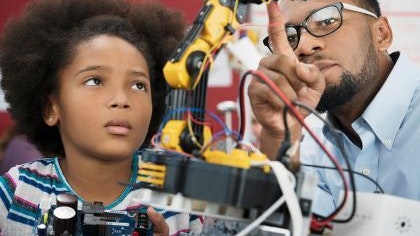Homepage
•
Learning Library
•
Blog
•
Equity Literacy for STEM Educators
Expand breadcrumbs
Expand breadcrumbs
- Learning Library
- Blog
- Equity Literacy for STEM Educators
- Homepage
- •
- Learning Library
- •
- Blog
- •
- Equity Literacy for STEM Educators
Equity Literacy for STEM Educators
By Michelle Moore and Jorge Valenzuela
February 19, 2020








